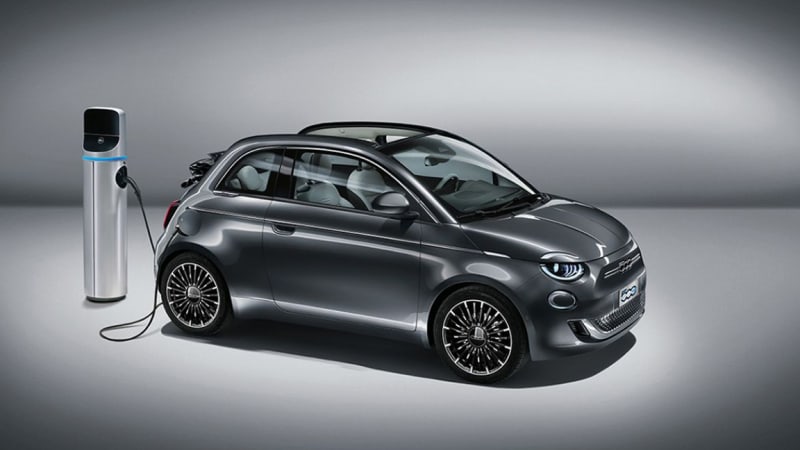Audi Repair Shop Doylestown
Call 267 279 9477 to schedule a appointment

Going to the design well to reinvent an icon is difficult, especially when it’s one of your greatest hits, so Fiat walked a thin line as it developed the first new 500 since 2007. Unveiled online, the hatchback is just as huggable as its predecessor — which is sticking around — and it honors tradition while embracing cutting-edge technology.
Motorists long nourished on a diet of value-packed, bargain-priced Fiat models are in for a rude surprise. The new 500 rubs elbows with respected luxury cars, at least on paper, and it has morphed into more of an Instagram-friendly fashion statement than a genuine people’s car. Stylists brought its retro-inspired design into the 2020s without completely reinventing it. It’s still shaped like the 500 you’re familiar with, though it’s a little bit longer and wider than before and its wheelbase gains about an inch. Its front fascia wears a unmissable 500 emblem flanked by bright trim, its headlights are mounted higher and integrated into the hood, and its door handles are chiseled into the body. Out back, the vertical lights return with a more sculpted design. The line-up will ultimately include the quasi-convertible shown here, a hardtop, plus a wagon called Giardiniera and envisioned as a modern interpretation of the eponymous long-roof sold from the 1950s to the 1970s.
Bigger changes welcome the passengers into the cabin. The driver sits behind a two-spoke steering wheel and a configurable, 7.0-inch digital instrument cluster, while a 10.25-inch touchscreen propped up on the dashboard displays a new version of the well-regarded Uconnect infotainment system. It looks decidedly more upmarket than the 500 it replaces, though it’s difficult to tell without seeing in person and sitting in it — thanks, coronavirus.
Fiat made the new 500 all electric, all the time. It’s built on a 42-kilowatt-hour lithium-ion battery pack that zaps a 118-horsepower electric motor into motion. Its maximum driving range checks in at 199 miles, though the Italian firm obtained that figure by putting its city car through the optimistic WLTP testing cycle. It takes nine seconds to reach 62 mph from a stop, it has a 93-mph top speed, and plugging it into an 85-kilowatt charger fills 80% of the battery in 35 minutes. Alternatively, you’ll need to wait 14 hours for a full charge if you plug it into the same household-spec outlet you use to keep your phone and your laptop juiced up.
We don’t know if additional variants will join the range later in the production run. Introducing a cheaper model with a smaller battery and less range would make sense. At the other end of the spectrum, not leveraging an electric motor’s instant torque to build the first zero-emissions Abarth would be a missed opportunity.
The new 500 is on sale now in select European markets, and Fiat priced the launch edition model it plans to build 500 units of at €37,500, a dizziness-inducing sum that represents nearly $42,000. In comparison, Mercedes-Benz charges about $300 less for a base C-Class with a turbodiesel engine and an automatic transmission, and the new 500’s gasoline-sipping predecessor starts at €15,510 (about $17,000) in its home country of Italy. The regular-production model will be cheaper, but we don’t expect it will slip under the €30,000 threshold.
Pricing is of little interest to American motorists because the 500 will not be sold in the United States. The last-generation model left our market after the 2019 model year due to slow sales, so reducing its driving range while nearly doubling its price isn’t going to turn around its career. It instead joins the Honda E and the Volkswagen ID.3 on the bench of cute, city-wise electric hatchbacks developed for and sold mostly on the European market.
Fiat will build the new 500 in Turin, Italy, its hometown. Production of the last-generation model — which was recently updated with an available hybrid powertrain and minor styling tweaks — will continue in Tychy, Poland. Both 500s will somewhat confusingly be sold side by side in the foreseeable future, and it’ll take some time before the new one outsells the old one, which remains one of the most popular cars in Italy in spite of its age.
Related Video:
from Autoblog https://ift.tt/2IgJkAU
